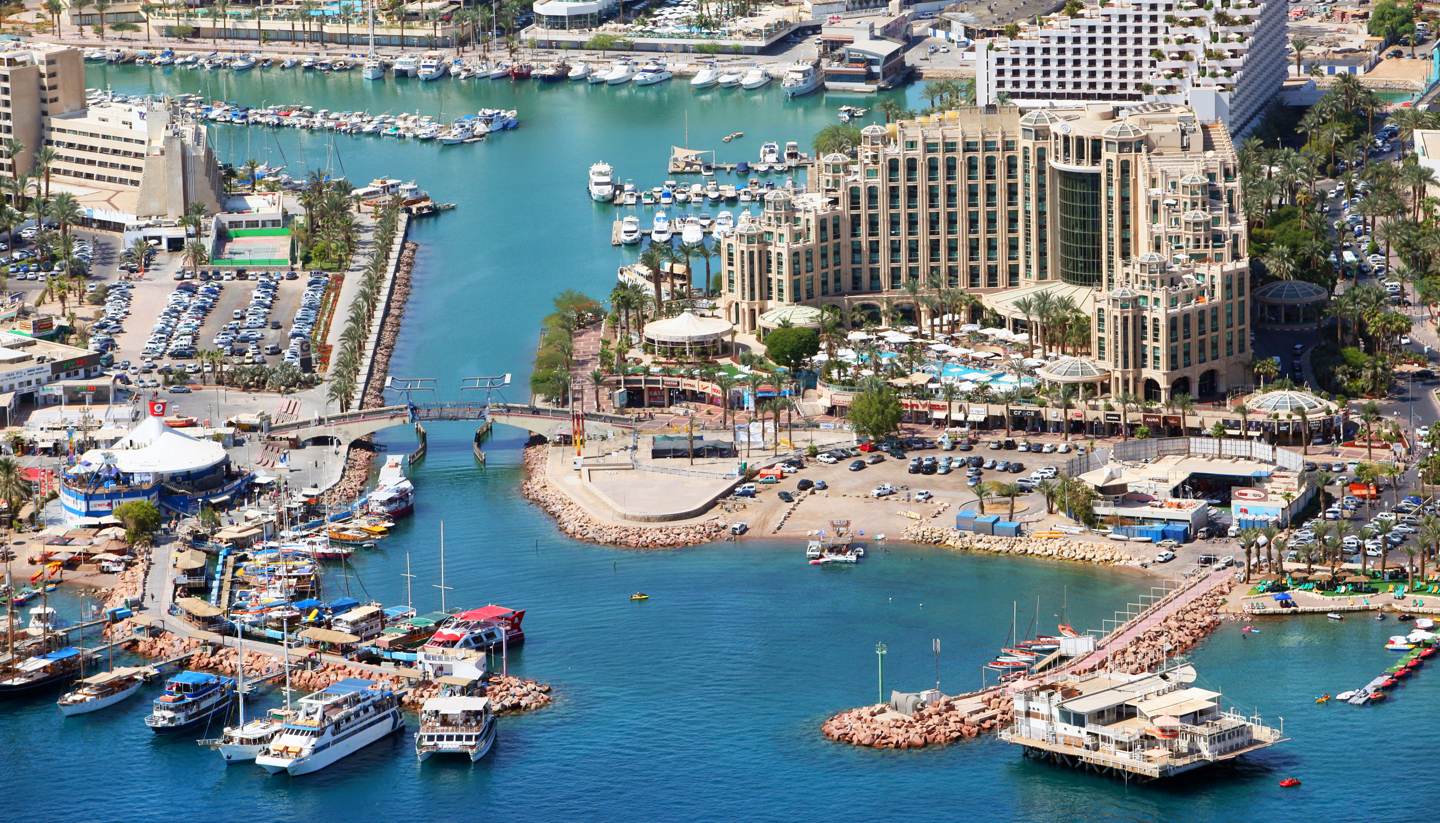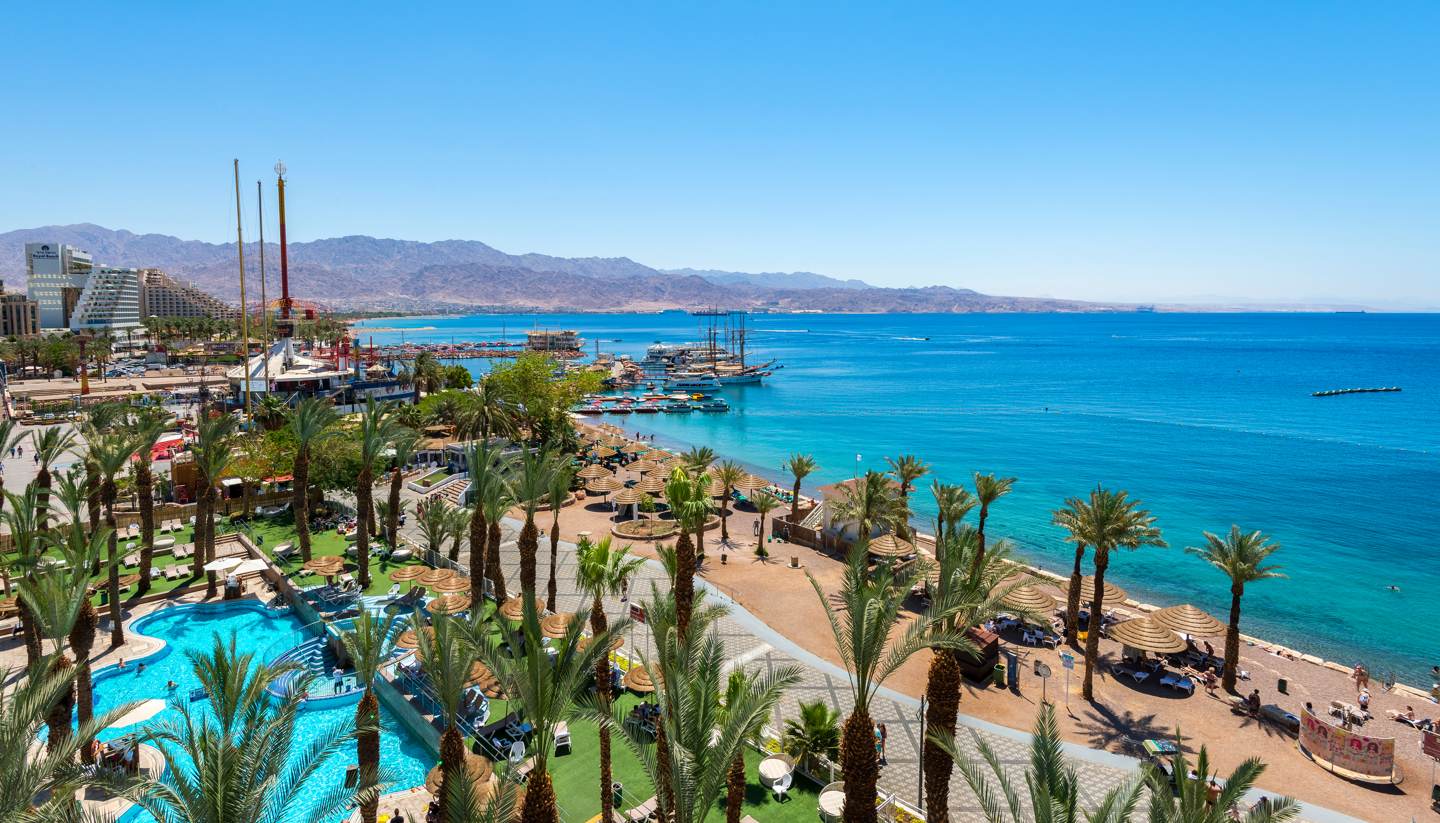Eilat History
Mentioned in ancient Egyptian text and also in the Bible, Eilat had settlers as far back as the year 7CE, with evidence from archaeological excavations uncovering prehistoric tombs from the era further supporting the historical and biblical writings.
The Romans then developed this outpost further by building a road connecting the area with the Nabataean city of Petra (in Jordan), a move that fuelled the trade in copper, which was mined in nearby Timna Park, with neighbouring countries. But the era of prosperity was short-lived, because from 700CE to 1200CE there were many wars over the area. It was believed that Saladin, the first Sultan of Egypt and Syria, captured Eilat between 1167 to 1170, driving the area's former riches into decline.
The modern history of Eilat began when it was formerly granted to Israel in 1949 under the Armistice Agreements, becoming Israel's only access to the Red Sea. The remote town gradually transformed into a city after the government opened a small port and welcomed Jewish immigrants from Morocco to settle here. Tensions between Israel and its neighbours meant the early years were challenging for Eilat, particularly when Egypt blocked the Straits of Tiran in 1956 and 1967 respectively, stopping all ships going to Eilat. Fortunately, things began to look up after Israel signed peace treaties with Egypt in 1979 and with Jordan in 1994.
Today, Eilat is known as a buzzing resort city and one of the hottest destinations for European sun-seekers, offering the best combination of beaches, cuisine and nightlife for miles around.
Did you know?
• The first water desalination plant in Israel opened in Eilat in 1997.
• In 2014, during an international underwater photography competition, Eilat broke a Guinness World Record when half a million people live-streamed the underwater event on their mobile phones.



